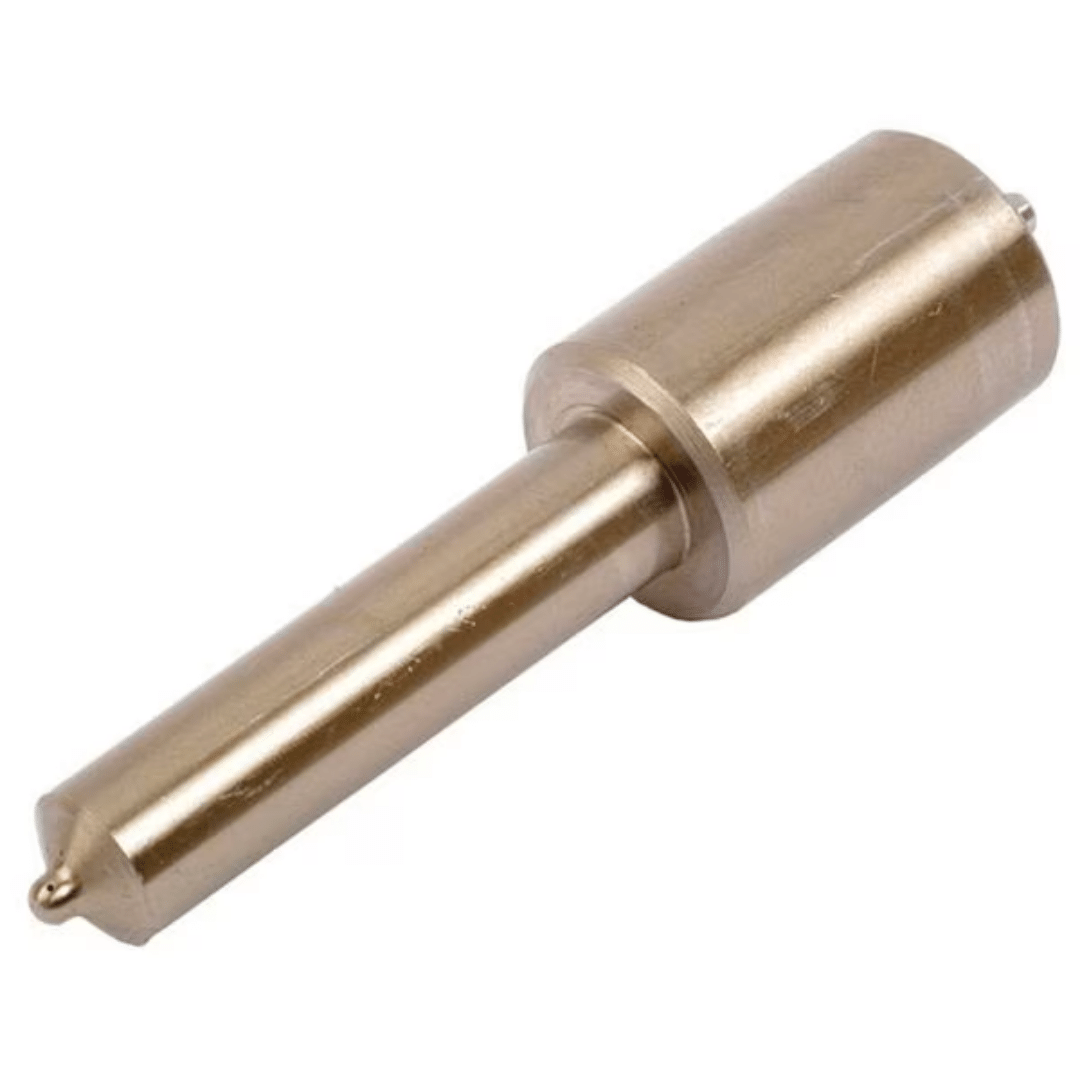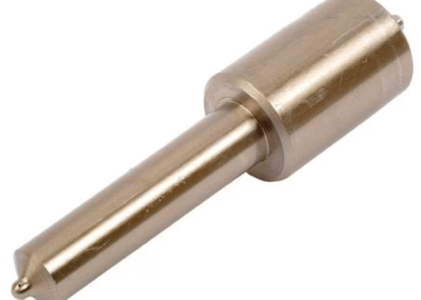Injection nozzles, or injection valves, are, theoretically, self-cleaning parts. However, it is almost impossible for the fuel quality to be controlled, causing these parts to clog from time to time.
This nozzle is an electromagnetic valve that works through the movement of an armature, the valve needle, with the help of the effect of the electromagnetic field caused by a coil. It has the function of injecting the fuel in a pulverized form so that the mixture with air is always homogeneous.
This happens because fuels are often adulterated, leaving the car owner subject to filling their vehicle with chemical mixtures that damage the engine. As a result, it may end up suffering future problems, such as the accumulation of dirt at the tip of the valves.
In other words, because of this, the injection nozzles need to be sanitized in order to remove all the impurities that lodge inside them.
Is it necessary to clean injection nozzle?
There are several cleaning tests that need to be carried out to find out if a vehicle needs to have its injection nozzles cleaned. When a mechanic comes across a car that shows symptoms of a dirty injection nozzle, he needs to scan the system in the vehicle to check for faults in other actuators or sensors before the engine is mistakenly dismantled.
One of the most common symptoms that the injection nozzles are dirty is irregular idling, in addition to loss of power when starting the vehicle and failures. Other factors can also cause dirt to deposit on the injection valve in addition to the use of bad fuel, such as high oil consumption.
Therefore, there is no point in cleaning the nozzles without eliminating the real source of the problem, as the dirt may be a characteristic of another existing defect.
Normally, a good quality fuel cleans the internal part of the injection nozzle, and in most cases it is only necessary to clean the external part of the part.
This remains in constant contact with the combustion chamber. So, when poor quality fuel is used, it can end up causing a problem due to carbonization, which covers all the parts responsible for spraying the fuel.
This ends up minimizing the amount of fluid injected into the chamber, as the accumulation of dirt is harmful to the vehicle’s consumption, causing several problems, such as engine acceleration failures. Such difficulties characterize the ideal time to clean the injection nozzle.
In other words, every vehicle needs good maintenance so that its good performance and functioning are guaranteed. There is a simple way to know if injection valve cleaning is necessary. This occurs when the car presents specific “symptoms” or through the flow test.
When to clean the injection nozzle?
Cleaning injection nozzles need to be done when there is a large accumulation of dirt inside, which is easily detected by specific devices in specific tests.
Normally, cars have a warning on the dashboard that alerts the vehicle owner about the problem, which is an injection symbol light coming on. However, this problem can be avoided with some simple tips. To do this, the vehicle owner needs to:
- Change the fuel filter within the period indicated in the car’s owner’s manual;
- Refuel only in trusted places;
- Choose to use added fuel (alcohol or gasoline), as it contains substances that promote the removal of residues from the electronic injection system.
How is the injection nozzle cleaned?
Cleaning injection valves can be done in two ways: in the nozzle cleaning machine using ultrasound or by applying a specific product.
When cleaning is carried out using ultrasound, the first thing that happens is the removal of the air filter box, hose, and harnesses. After this, the injection valves are also removed from the car flute and, later, positioned in the nozzle cleaning machine flute.
After that, it is placed in a vat with the ultrasound cleaning solution. This causes the particles contained in the valves to come loose due to the high frequency of the device’s vibrations, which unclogs the nozzles.
Lastly, the valves are placed back into the car flute. However, some tests need to be carried out before ultrasound is used. The first of these is resistance, which measures the internal resistance of the injection valves.
If the values displayed by the multimeter are as expected, it means that the electric coil is in perfect condition. After using ultrasound, the vehicle must undergo a tightness test, which checks for possible leaks in the injector.
This procedure applies a nominal working pressure to the injection valves that are closed for 1 minute. When the vehicle has multipoint system injectors, each nozzle works with 3 bar of pressure. Single-point system injectors only work with 1 bar of pressure or even less.
Another test frequently carried out to clean injector nozzles is the fan test, or jet test. This analyzes the spraying of fuel through the valve. When one of the valve orifices is obstructed, fan formation may be impaired.
All nozzles need to inject exactly the same amount of fuel in order to form similar fans. However, there is no right measurement for this, everything will depend on the mechanic’s observation, as each type of valve has a unique fan pattern.
The last type of test that can be done is equalization. This function measures the opening and closing speed of the injection valve according to the engine rotation simulation.
Another way to clean an injection nozzle is by applying a specific product. In this method, the product is applied to the car’s flute and then the engine is started. This product ensures that the gum that is embedded in the injection nozzle is properly diluted.
This allows the valve to expel the gum after opening, causing it to burn in the combustion chamber.
What are the main precautions you should take with injection nozzles?
There are some very simple precautions that a driver should take in order to increase the useful life of their vehicle’s engine. All the car owner needs to do is pay attention to the car’s maintenance deadlines, as well as pay close attention when driving. Ideal care ranges from correctly changing gears to using quality fuel, changing the oil at the recommended mileage, observing the water/additive level in the radiator.

